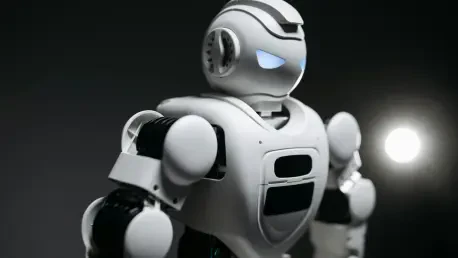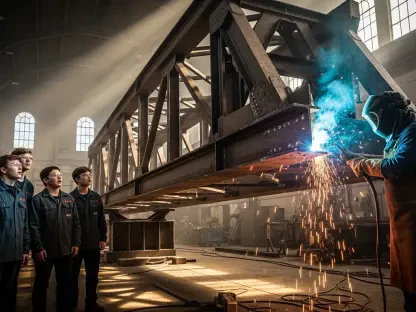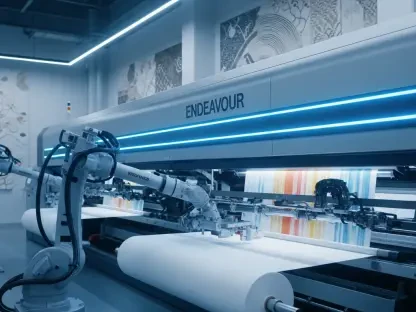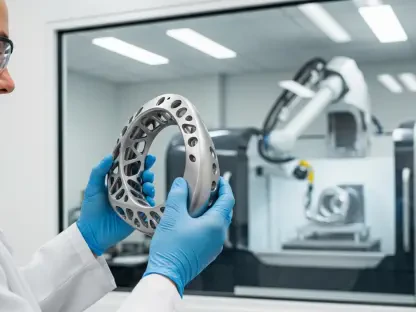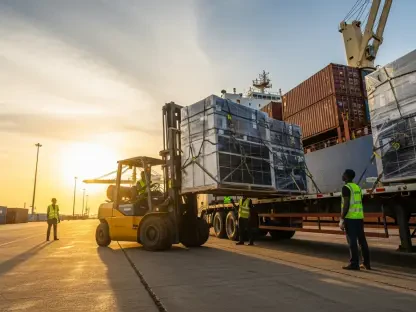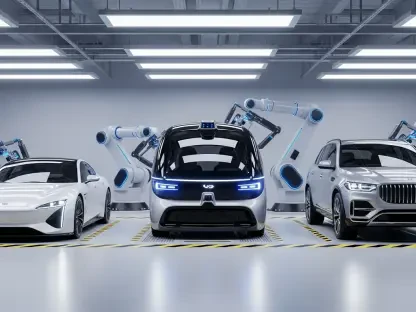I’m thrilled to sit down with Kwame Zaire, a renowned manufacturing expert with a deep passion for electronics, equipment, and production management. With his extensive experience and thought leadership in predictive maintenance, quality, and safety, Kwame offers a unique perspective on the latest advancements in industrial automation. Today, we’re diving into a groundbreaking collaboration between two innovative forces in the field of autonomous robotics and industrial AI, exploring how this partnership is set to transform operations in industries like manufacturing, energy, and utilities. Our conversation will touch on the integration of cutting-edge robots with smart software, the real-world impact on safety and efficiency, and the shift from reactive to predictive asset management.
How did this exciting collaboration between autonomous robotics and industrial AI come to life, and what’s the big picture goal behind it?
Thanks for having me. This collaboration is really about pushing the boundaries of what’s possible in industrial operations. It brings together autonomous mobile robots with powerful AI software to create a system that doesn’t just react to issues but anticipates them. The goal is to revolutionize how asset-intensive industries manage their field operations by enabling fully autonomous decision-making and execution. Think of it as a way to move from putting out fires to preventing them altogether, especially in sectors like manufacturing, energy, and utilities where downtime or safety risks can have massive consequences.
What kind of challenges in these industries are you hoping to tackle with this technology?
These industries face some tough hurdles—labor shortages and skills gaps are a huge issue, meaning there aren’t always enough trained people to handle critical tasks. Then you’ve got the risk of prolonged outages, which can cripple operations and cost millions. This technology aims to address those by automating inspections and decision-making, reducing the reliance on human intervention in dangerous or repetitive tasks, and ensuring assets stay up and running through predictive insights. It’s about optimizing resources while minimizing risks.
Let’s dive into the robots themselves. What kind of information do these autonomous units gather when they’re out patrolling industrial sites?
These robots are like high-tech scouts. They’re equipped with advanced sensors to collect a wide range of data—thermal imaging to spot temperature anomalies, acoustic detection to pick up on things like air or gas leaks, and even the ability to read analogue gauges for pressure and flow metrics. They’re patrolling facilities, gathering operational intelligence in real time, which is critical for identifying potential issues before they escalate into major problems.
Once the robots collect all this data, how does the AI software come into play to make sense of it?
That’s where the magic happens. The AI software acts as the brain of the operation. It takes all the raw sensor data from the robots and analyzes it to identify patterns, anomalies, or potential risks. Then, it autonomously decides on the best course of action—whether that’s scheduling maintenance, flagging a component for replacement, or alerting a team to a critical issue. It’s a seamless process that turns data into actionable steps without needing constant human oversight.
I’ve heard this system is described as turning robot observations into enterprise action. Can you paint a picture of what that looks like in a practical setting?
Absolutely. Imagine a robot patrolling a power plant detects a slight temperature spike in a piece of equipment through thermal imaging. That data gets fed into the AI system, which analyzes it against historical patterns and predicts a potential failure. The system then automatically schedules preventative maintenance during a low-impact time window, ensuring no downtime. It’s about closing the loop from observation to action, all within an integrated platform that connects field data to enterprise systems.
Safety is a major focus of this technology. How do autonomous inspections help reduce risks for workers in these environments?
Safety is huge here. By sending robots into hazardous environments—think confined spaces, high-voltage areas, or sites with toxic gases—you’re keeping workers out of harm’s way. These autonomous inspections can happen more frequently than manual ones, too, so you’re catching issues early without exposing anyone to danger. It’s a game-changer for industries like energy or mining, where the stakes are incredibly high.
On the flip side, how does this technology boost efficiency in industrial operations?
Efficiency comes from speed and precision. With robots and AI working together, decision-making happens almost instantly—there’s no lag waiting for human analysis or approvals. Response times are cut down significantly. Plus, resources are allocated smarter; for example, maintenance crews are dispatched only when and where they’re truly needed, based on predictive data rather than guesswork. It streamlines the entire operation.
This partnership emphasizes connecting the physical and digital worlds. Can you explain how that connection plays out in a real-world scenario?
Sure. It’s all about creating a continuous feedback loop. Data collected by robots in the field—like a potential leak or equipment wear—flows directly into enterprise systems via the AI platform. Decisions are made based on that data, and actions are sent back to the field, whether that’s a robot adjusting a process or a work order being issued. What sets this apart from other automation systems is how tightly integrated it is; it’s a single platform bridging the physical environment with digital intelligence, ensuring nothing falls through the cracks.
Looking ahead, what’s your forecast for the future of autonomous robotics and AI in industrial operations?
I see this as just the beginning. Over the next decade, I expect autonomous robotics and AI to become the backbone of industrial operations, especially as industries grapple with aging infrastructure and workforce challenges. We’ll likely see even smarter robots with broader capabilities, paired with AI that can handle more complex decision-making. The focus will shift further toward sustainability, too, with these systems optimizing energy use and reducing waste. Ultimately, this technology will redefine operational excellence, making facilities safer, more efficient, and more resilient to disruptions.
